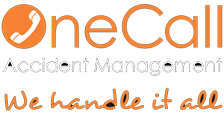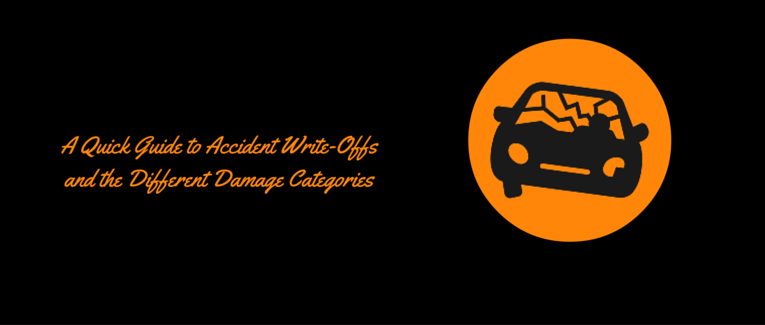16 May
2016
A Quick Guide to Accident Write-Offs and the Different Damage Categories
onecallam
1730
accident claim uninsured driver
,
accident injury lawyer birmingham
,
car accident claim birmingham
,
legal claim after car accident
,
One Call Accident Management
,
personal injury solicitors london
,
taxi accident
0 Comments






